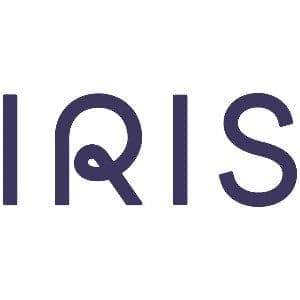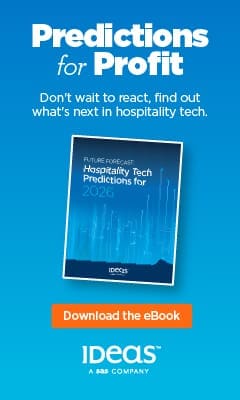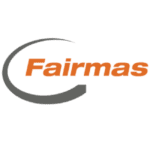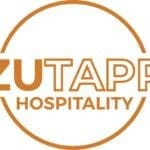 The bed and breakfast (B&B) bundle is the classic of classic packages that nearly any hotel can use to help build revenues. But there are cultural forces at work that may soon compel you to offer more flexibility in how you motivate room reservations with food.
The bed and breakfast (B&B) bundle is the classic of classic packages that nearly any hotel can use to help build revenues. But there are cultural forces at work that may soon compel you to offer more flexibility in how you motivate room reservations with food.
This relates to the growing popularity of ‘intermittent fasting’. In the past decade, a mountain of evidence has shown that giving your body time off from eating has dramatic health benefits. This may come as anathema for many of you, especially after so many decades of snack industry-subsidized studies proclaiming how constant foraging ‘boosts the metabolism’. In lieu of a full glossary of biochemistry to explain how intermittent fasting helps your health, let’s just say that you can’t fix a car with the engine on.
Some intrepid members of the budding biohacking community achieve a desired state of intermittent fasting by foregoing meals for 24-72 hours once a month or so, but the most common form is the 8:16 where you eat all your daily calories in an eight-hour stretch then leave 16 hours off to rest the digestive organs. And in an 8:16, the most frequently omitted mealtime is breakfast.
So, how do you sell a B&B package to an intermittent faster who doesn’t care two shakes of a jam jar about your breakfast service? Luckily, this movement is still growing and doesn’t seem to have much stickiness amongst boomers who were all raised in a culture of three square meals per day. Still, the younger generations among us are exceedingly health-conscious, and it’s not like all your boomer guests are going to pick up the slack by purchasing extra breakfasts. You have to start thinking about these generational and cultural shifts, particularly as they take on an exponential, snowballing growth curve.
To open the brainstorm, let’s revert back to the fantastic word of ‘flexibility’. If you know your costs around lunch service, then you can easily create a B&L package as an option for those abstaining from the first meal of the day. It will likely be more than your B&B, but with a sound rate strategy that takes into account the psychological principle of anchor pricing, you can succeed on both fronts.
A huge concern, though, stems from the standard get-up-and-go behavior. You have breakfast, get ready for the day and head out, whether it’s for business meetings or touring about town. Sticking around for lunch thus wouldn’t be a much-vaunted perk. Instead of lunch, how about an F&B voucher that’s applicable to any meal? This could be offered as part of its own package or available upon request within a B&B reservation.
Next, consider modifications or substitutions to your breakfast service offerings that will indeed appeal to the peculiarities of the intermittent fasting cohort. A carby, fatty breakfast is off the table, but what about a healthy ‘smoothie’ augmented by a few choice naturopathic supplements? The abbreviation of B&S doesn’t quite have the allure of B&B, and let’s not even consider what using the acronym for a ‘breakfast and juice’ package. All staffing shortages aside, an 8:16 can often start at 10:30am or 11am, so extending the hours of operation may work as a viable option – call it ‘breakfast and brunch’.
Drilling deeper, if people are skipping a solid breakfast and only having a coffee, then what can you do to augment your coffee service? Single-origin coffee is in vogue, so perhaps you can be bold (pun intended) and put a tasting of three shots of percolated goodness on the menu instead of only offering your drip one full cup at a time. Dairy milk is also now considered unhealthy, creating a demand all types of plant-based alternatives from soy and almond to oat and whatever other head-turner you can source. Then there are all the recently commercialized coffee health additives like MCT oil and chaga mushroom powder that you can start selling as add-on boosters.
The point is to find creative ways to shift your F&B program to meet the market where it currently is as well as where it is headed so that your brand is adaptable to any trend or tipping point.
To close, our first suggestion is to stay on top of the news and look for what cultural shifts you think will influence travelers from beyond the hotel industry. Intermittent fasting is just one, as is the future customer’s increasing demand for environmental sustainability or (from within our industry) expediting the check-in process with mobile keys. From there, it’s a matter of flexibility; not forcing a new practice onto all guests but giving them the option to stick with what has worked or by trying something fresh.
This is, of course, all dependent on your specific brand’s needs and market positioning. For now, just consider what you can do to set up a B&L in parallel with your B&B and see what happens.
This article may not be reproduced without the expressed permission of the author.



















